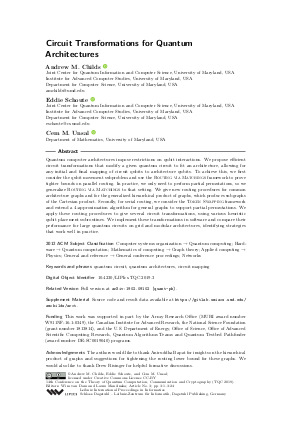LIPIcs.TQC.2019.3.pdf
- Filesize: 0.7 MB
- 24 pages

 Creative Commons Attribution 3.0 Unported license
Creative Commons Attribution 3.0 Unported license








Feedback for Dagstuhl Publishing